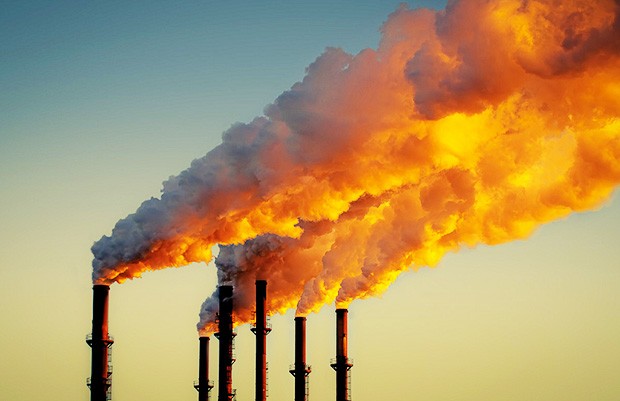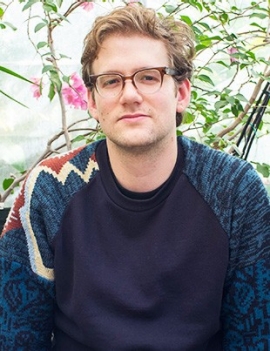One example of the kind of research underway in the lab is Daniel Horen Greenford’s ongoing Master’s thesis project, in which he’s attempting to calculate national contributions to climate change using his own formalizations of emissions accounting.
If real change is to occur, says Horen Greenford, leaders and experts need to learn from the mistakes of past global initiatives.
Horen Greenford uses the example of the Kyoto Protocol as a climate policy that hurt more than it helped. It allowed manufacturing to be displaced to non-signatory countries whose factories pollute more per unit than those in the developed nations where production originated.
The phenomenon is known as “carbon leakage,” and it has caused a net increase in global emissions. At the same time, developed nations are able to congratulate themselves on meeting their reduction targets.
“This standard has allowed wealthy nations to dislocate their emissions in order to meet their reduction targets while global emissions still rise,” Horen explains. “It’s like a high school bully forcing another kid to hide contraband when the teacher checks his bag.”
A different way of tracking emissions
To tackle this issue, Horen Greenford is developing a new accounting method that effectively captures the effects of trade and allocates emissions embodied in goods to trading partners in a fair way.
The model weighs emissions according to their economic benefit, using a definition of utility rooted in ethical considerations of necessity, while respecting geographical circumstances and cultural plurality.
The production of goods is weighted in accordance with their utility. Essential items have the highest levels of utility while luxury items have the lowest. Weighting penalizes nations less for consuming goods that are more useful and holds populations more responsible for items they consume that are not necessary for survival.
For example, a region that has a lot of cars should assume responsibility for the emissions used in the production of their vehicles in other countries, especially when producing regions do not have high car-ownership rates.
“We must provide an account of emissions that better captures responsibility for emissions and can be used to hold nations accountable accordingly in international policy agreements,” says Horen Greenford.
“This boils down to how we tabulate national inventories. By including emissions embodied in traded goods into national inventories, a better case can be made for bringing more countries to the negotiating table — one that is more robust and has greater considerations of equity.”
Facing climate change in our city
This model could also be used at the municipal level, too, says Horen Greenford. An urban inventory of all goods and services imported and exported could be traced across the supply chain to give cities a sense of their global impact on greenhouse gas emissions.
“Here in Montreal, figuring out how we are impacting climate change would help policy and inform businesses and governments to make better choices when it comes to urban planning and infrastructure investment.”
The fifth edition of the Montréal Summit on Innovation takes place on Monday, November 30, at the Palais des congrès de Montréal.
Register online or by phone at 514-871-4001.
Students must register by phone, and their tickets are $85. Adult tickets are between $275 and $350.
Find out more about research in the Concordia Climate Science, Impacts and Mitigation Studies Lab.
 “By including emissions embodied in traded goods into national inventories, a better case can be made for bringing more countries to the negotiating table." | Photo by Kim Seng (Flickr CC)
“By including emissions embodied in traded goods into national inventories, a better case can be made for bringing more countries to the negotiating table." | Photo by Kim Seng (Flickr CC)
 Daniel Horen Greenford
Daniel Horen Greenford